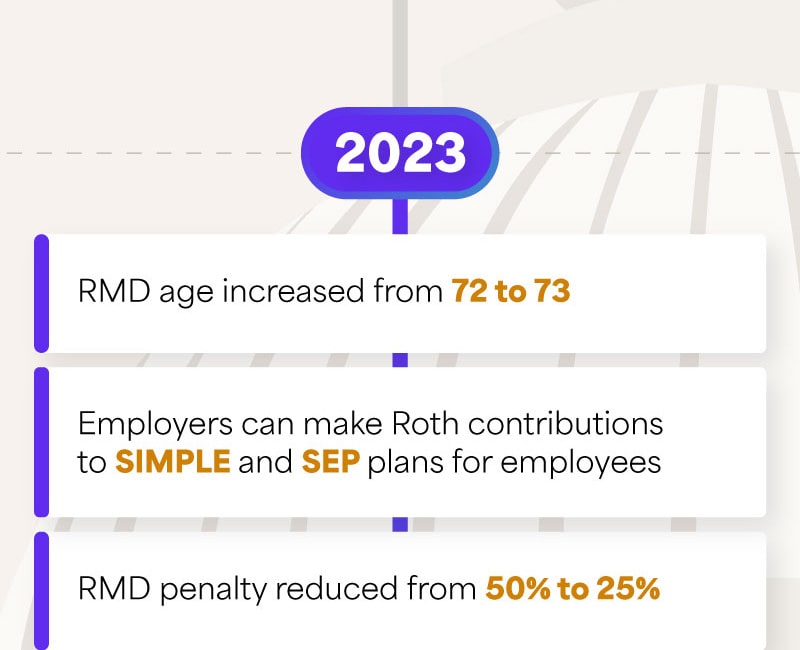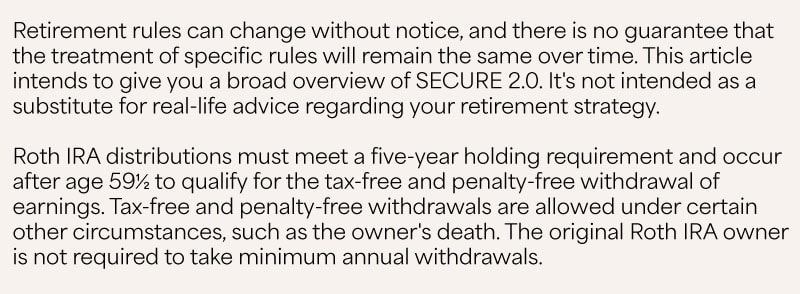Understanding the SECURE Act 2.0





































65 or older? It may be time to enroll in Medicare. Read to learn if you’re eligible.

When you’re married and have children, insurance needs will be different.

Selecting a mortgage isn't an easy process. Get a better understanding of how professionals make the right decisions.